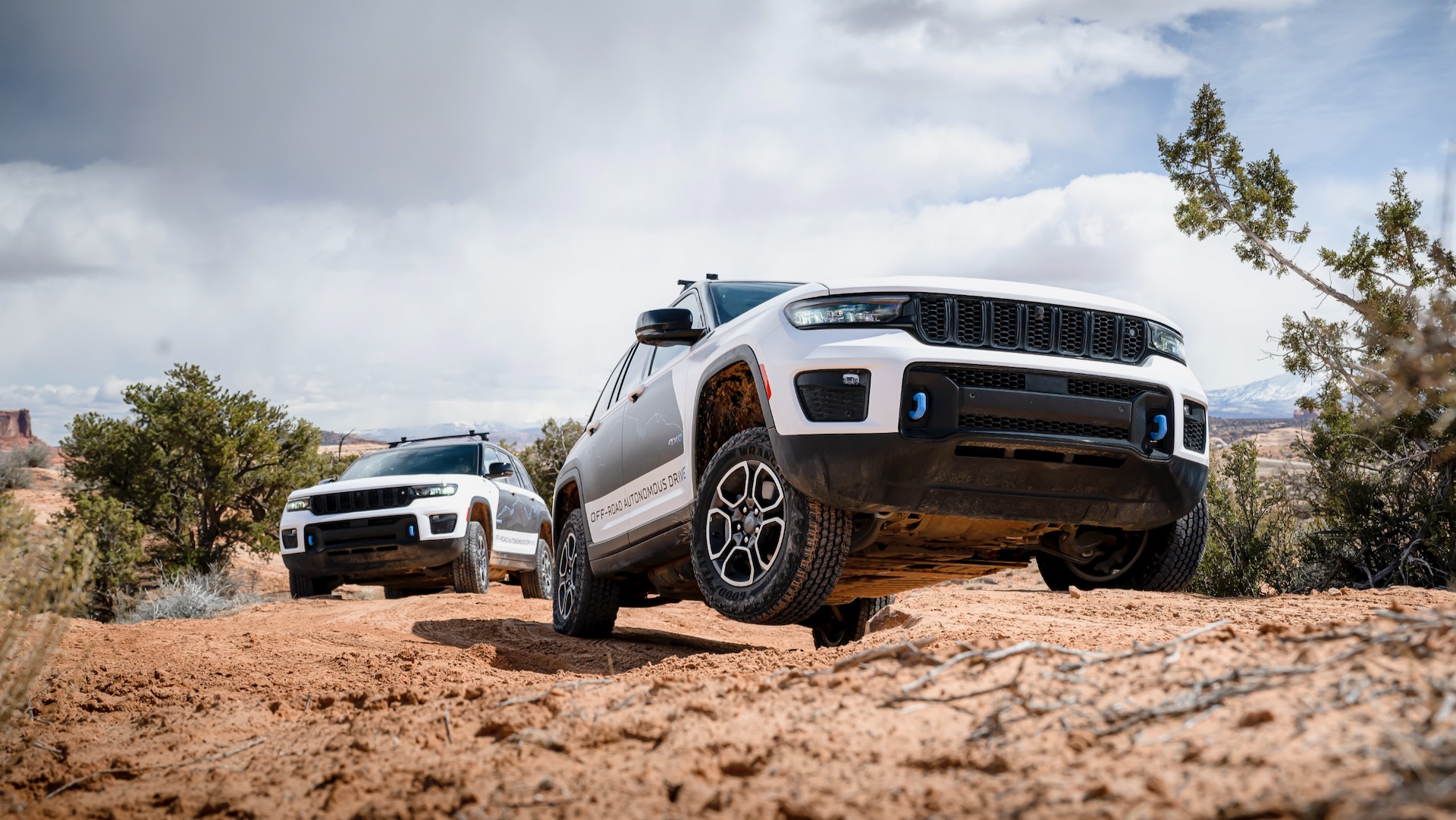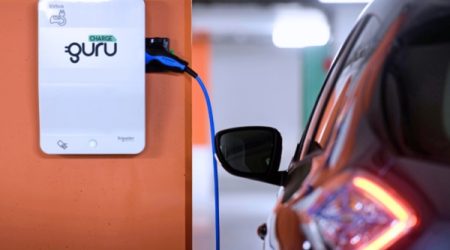Key Takeaways
- Stellantis plans to adapt its planetary gear hybrid systems, used in the Chrysler Pacifica Hybrid, for more rugged vehicles.
- Current planetary systems cause shifting difficulties in hybrid applications, prompting the use of alternative systems in the Jeep Wrangler and Grand Cherokee plug-in hybrids.
- The new design aims to enhance off-road capability while improving efficiency, potentially benefiting future Jeep hybrid models.
Stellantis is exploring the adaptation of its planetary gear hybrid systems for rugged vehicles, as indicated by a recent patent filing. Currently, the Chrysler Pacifica Hybrid employs a planetary power-split system that features a 3.6-liter V-6 engine combined with two electric motors. This setup allows both motors to serve as generators for propulsion. However, the patent, filed with the United States Patent and Trademark Office (USPTO) in July 2023 and made public in February 2024, suggests that these systems may not be suitable for all types of vehicles.
The filing highlights challenges associated with integrating planetary gear systems with traditional mechanical four-wheel-drive transfer cases. Stellantis notes that such systems can cause rough shifts between high and low ranges, difficulty engaging low-range gear splines when stopped, and challenges in synchronizing shifts in low range. These complications likely influenced the decision to employ a different hybrid system for the Jeep Wrangler 4xe and Grand Cherokee 4xe. Those models utilize mechanical four-wheel-drive systems akin to their non-hybrid variations, complemented by 8-speed automatic transmissions. In this configuration, one electric motor is integrated into the transmission, while a second motor-generator connects to the engine’s crankshaft.
To address the challenges observed, Stellantis is pursuing a hybrid design that combines a two-speed transfer case from traditional four-wheel-drive systems with a planetary-gear power split configuration. The company is exploring a disconnect device that would uncouple the engine and electric motors from the driveline. This device would utilize motor torque to align the input and output shaft speeds of the transfer case, potentially facilitating smoother shifts.
The development of this hybrid system could greatly benefit future Jeep hybrid and plug-in hybrid models by enhancing their off-road capabilities while improving overall efficiency compared to the current 4xe configuration. The existing 4xe plug-in hybrids have seen strong sales, indicating a market demand for such vehicles. Additionally, there are reports that Jeep is considering introducing hybrids without charge ports to complement its existing offerings in the U.S. market.
The shift in Stellantis’s approach underscores the complexities involved in merging hybrid technology with traditional four-wheel-drive systems. By refining their planetary gear hybrid system, the company aims to ensure that their rugged vehicles maintain both performance and efficiency, catering to consumers’ demands for capable and fuel-efficient off-road vehicles. This innovative direction could position Stellantis favorably within the competitive landscape of hybrid and electric vehicles, especially as consumer preferences evolve toward sustainability and adventure capability.
The content above is a summary. For more details, see the source article.















